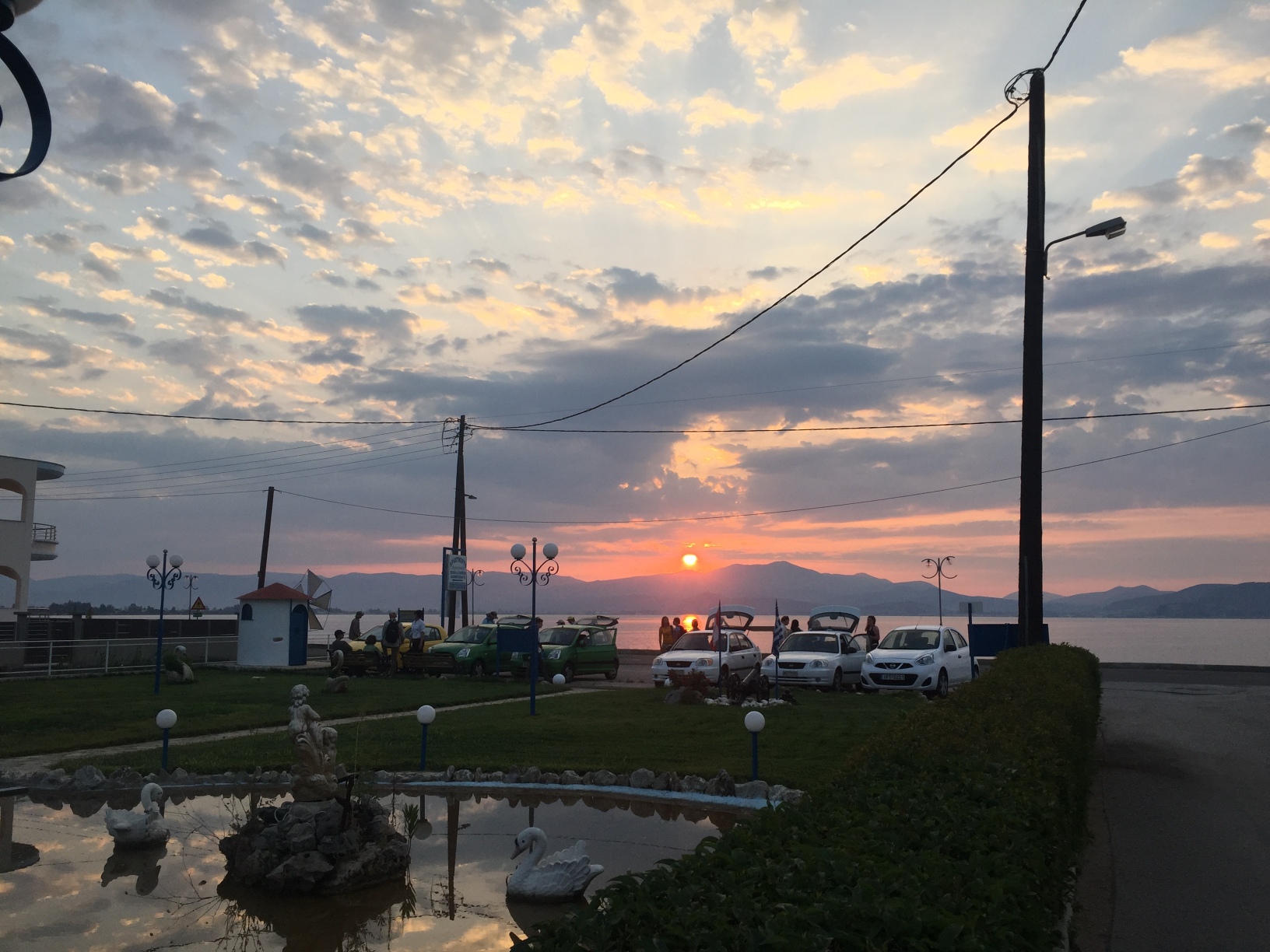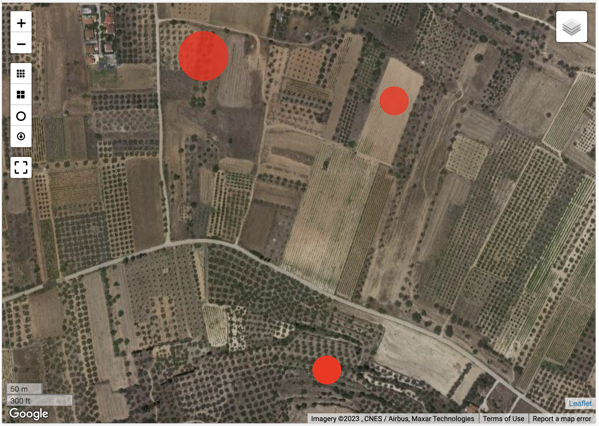This time of year my thoughts almost always turn to archaeology as my preparations for the summer research season begin to take on a sense of urgency and clash with the end of the semester rush.
For many years, this also meant that I started to think about survey archaeology and this meant, at least partly, preparing my body for the rigors of a summer field season. As I’ve gotten older, I’ve been lucky enough to be able to ramp down my involvement in active field projects and shift my attention to publishing the results of older excavations. That said, I still feel a bit of nostalgia for early morning departure times from the seaside at Myloi (in the Argolid), walking along the coastal plain at Pyla-Koutsopetria, and the smell of Eastern Corinthia as the heat of the day would start to infiltrate the citrus and olive groves.
This year, this nostalgia is particular acute thanks to two things and these make for a nice, if slightly maudlin, Two Things Tuesday.
Thing the First
I’m very excited to announce that we have a publication date for David Pettegrew’s book on the Eastern Korinthia Archaeological Project: Corinthian Countryside: Linked Open Data and Analysis from the Eastern Korinthia Archaeological Survey. The book will drop on September 1, 2024.
The book is an in-depth reading of the data produced from EKAS, an iconic, high intensity survey in the Eastern Corinthia that trained a generation of survey archaeologists in Greece (including myself, David, Dimitri Nakassis, and Sarah James among quite a few others!), spawned a series of successor projects, and forged lasting personal and professional relationships.
David’s book digs deeply into the digital data, offers some compelling new conclusions, and most importantly presents a template for not only the reuse of EKAS data, but also the publication of data produced from other, similar projects across the Mediterranean.
I’m serving as publisher on this project, and have read the entire manuscript multiple times. It is really exciting to see the final pieces of this publication project coming together (including it would seem an unlikely partnership with the American School of Classical Studies at Athens who have asked to be involved in the publication of this book).
The last step in the process is the book cover which is coming together. I have two options right now of which I’m particularly fond:


I’m slightly partial to the front of the first cover and the back of the second one which shows the author standing at the round tower at Lychnari that we published almost 15 years ago, but I’m not sure that I want to disrupt the wrapped cover design on either of them.
Thing the Second
I was also lucky enough to participate in one of EKAS’s sequel projects: The Western Argolid Regional Project directed by EKAS alumns—Dimitri Nakassis and Sarah James—and Scott Gallimore, a veteran of the active Cretan survey archaeology scene. I served as “Assistant to the Directors” and largely played the role of the grumpy field director.
During my time on the project, I spend countless hours in the fields and paths of the Western Argolid. Project director and my long time colleague, Dimitri Nakassis produced a nice blog post the other day introducing our newly published “results” article “Landscape Histories and Terrestrial Networks in the Peloponnese: Results from the Western Argolid Regional Project” in Hesperia 93.1 (2024). Go check out his blog post now.
Reading his post and our article reminded me of early morning departure from the seaside in Myloi (and I still wince a bit about oversleeping on the first day of the project’s first season and missing our field orientation!)

and evening walks over to the “Directors’ Mansion” for strategy meetings.

Of course, WARP reminds me of the The Bargepole (when he was Taco),

and the glories of the Rite-in-the-Rain notebook inscribed with Zebra pens.

When I think too long about WARP, my knees start to ache remembering the days spent walking across the cobbled strewn, deeply furrowed, and uneven fields of Inachos Valley.
It goes without saying that WARP has shaped my professional and personal life in meaningful ways and introduced me to a new group of colleagues and friends whose energy and smarts will shape the next generation of survey and excavation projects.
Summer will always be for survey archaeology in some sense, even if nowadays it’s mostly in my memories (and my aching joints).

